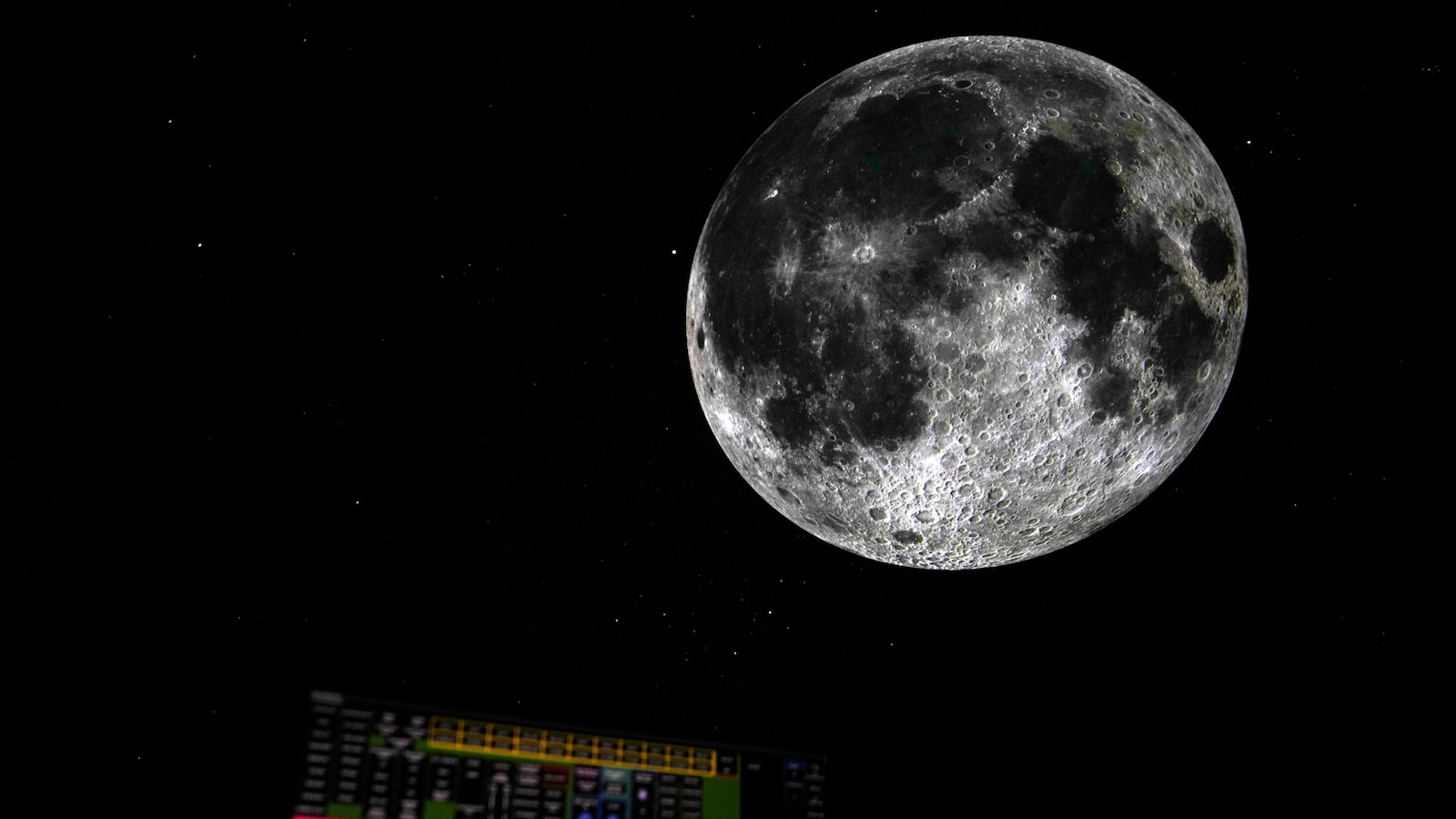The Need for a Lunar Clock: Keeping Time on the Moon’s Faster Pace
Time flows at a slightly different pace on the moon compared to Earth. One day on the moon, known as a lunar day, lasts approximately 29.5 Earth days. This difference arises due to the moon’s smaller size and weaker gravitational pull, which causes time to tick by faster on its surface.
The Importance of a Unified Timekeeping Standard
As more nations and private organizations plan future lunar missions, the need for a standardized timekeeping system on the moon becomes increasingly important. Currently, each moon mission operates on the time of the organization responsible for its operation. This lack of a unified time standard can lead to confusion and inconsistencies in coordinating activities and sharing data among different missions.
International Efforts for a Lunar Clock
In recognition of this need, the International Astronomical Union (IAU) has called for space organizations worldwide to collaborate on establishing a timekeeping standard for the moon. This resolution aims to ensure that all future lunar missions can operate on a synchronized and consistent timekeeping system.
The European Space Agency (ESA) has been actively advocating for the creation of a lunar clock since last year. Additionally, the White House has directed NASA and other agencies to develop an initial proposal by the end of 2023, with a final plan to be completed by 2026.
Challenges in Defining Lunar Time
Astronomers are still working on determining the precise definition of lunar time. One key challenge lies in the fact that the moon’s rotation relative to the Earth is not entirely uniform, leading to variations in the duration of lunar days. To address this, scientists may need to introduce a leap second system similar to the one used on Earth.
Another consideration is the potential impact of lunar eclipses, which can cause disruptions in timekeeping systems. Astronomers will need to develop mechanisms to account for and mitigate these effects.
Benefits of a Standardized Lunar Clock
Establishing a standardized timekeeping system for the moon offers several advantages. It will facilitate better coordination and communication among different lunar missions, allowing for more efficient and collaborative operations.
Moreover, a lunar clock will enable precise data sharing and scientific analysis across missions. By having a common time reference, scientists can accurately compare data and draw meaningful conclusions about lunar phenomena.
Conclusion
The development of a timekeeping standard for the moon is a critical step in supporting future lunar exploration and research. By establishing a unified and synchronized time system, space organizations can ensure seamless coordination, efficient communication, and accurate scientific analysis on the moon’s faster-paced surface.
